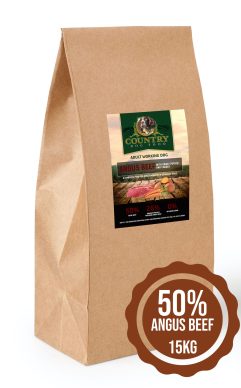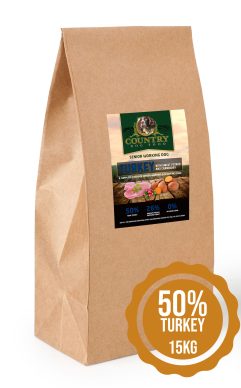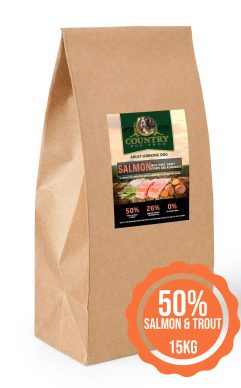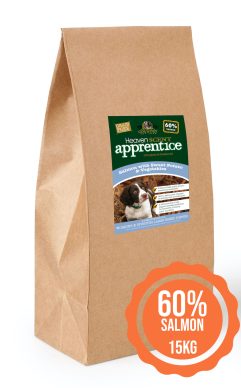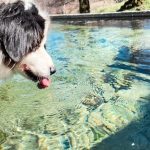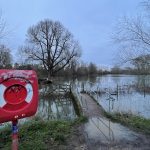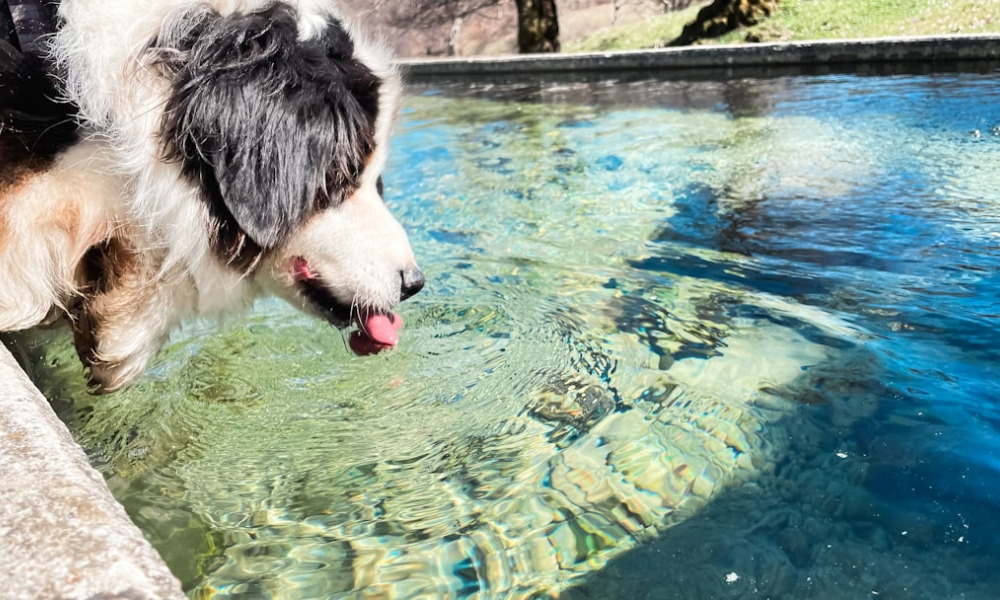
Working dogs are the unsung heroes of the animal world. Whether they’re herding sheep, sniffing out contraband, pulling sleds, or assisting in search and rescue, these dogs give their all. They work hard, often in tough conditions, and like any elite athlete, they need the right support to perform at their best.
One of the most important – yet often overlooked – aspects of caring for a working dog is hydration. Water isn’t just a basic need; it’s vital for a dog’s strength, endurance, focus, and overall health. Let’s break down why hydration matters so much, how to spot dehydration, and what you can do to ensure your dog stays healthy and hydrated on the job.
Why Hydration Matters
Water makes up around 60% of a dog’s body weight. It plays a crucial role in almost every biological function – from regulating body temperature and lubricating joints to transporting nutrients and aiding digestion.
When your dog is working – especially in hot or dry environments, or during intense exercise – they lose water quickly through panting, saliva, and urination. If they don’t replace what they’ve lost, dehydration can set in rapidly, with serious consequences.
For working dogs, proper hydration means:
- Better stamina and performance
- Clearer mental focus
- Lower risk of heatstroke and muscle cramping
- Faster recovery post-exercise
- Improved joint and organ function
In short, a well-hydrated dog is a safer, stronger, and happier worker.
What Happens When a Dog Gets Dehydrated?
Dehydration is more than just “being thirsty”. It’s when the body doesn’t have enough water to carry out normal functions. This affects circulation, digestion, temperature regulation, and muscle control.
In mild cases, your dog may seem tired or sluggish. But as dehydration progresses, it can become dangerous – even life-threatening.
Here’s what dehydration can do to a working dog:
- Reduced performance: The dog slows down, loses drive, and may become reluctant to continue working.
- Overheating: Dogs cool themselves mainly through panting, which is only effective if they’re hydrated. Without enough water, the risk of heat exhaustion or heatstroke rises sharply.
- Kidney strain: The kidneys need water to flush out toxins. Dehydration can lead to concentrated urine, which over time may result in urinary tract infections or kidney damage.
- Mental fog: Dogs may struggle to follow commands or make decisions, becoming distracted or confused.
- Muscle cramps and fatigue: Without sufficient fluids and electrolytes, muscles can’t function efficiently.
Signs of Dehydration in Dogs
Working dogs often mask discomfort – it’s in their nature to push on. That’s why it’s important to know the early warning signs of dehydration. Keep an eye out for:
- Excessive panting or unusually fast breathing
- Dry, sticky gums or a dry nose
- Sunken eyes
- Lethargy or unusual tiredness
- Loss of skin elasticity (test this by gently pulling up the skin on the back of the neck – it should spring back quickly)
- Thick saliva or heavy drooling
- Dark yellow urine or reduced urination
- Loss of appetite
If your dog shows several of these signs, act fast. Get them into the shade, offer cool (not icy) water, and contact a vet if symptoms are severe or persist.
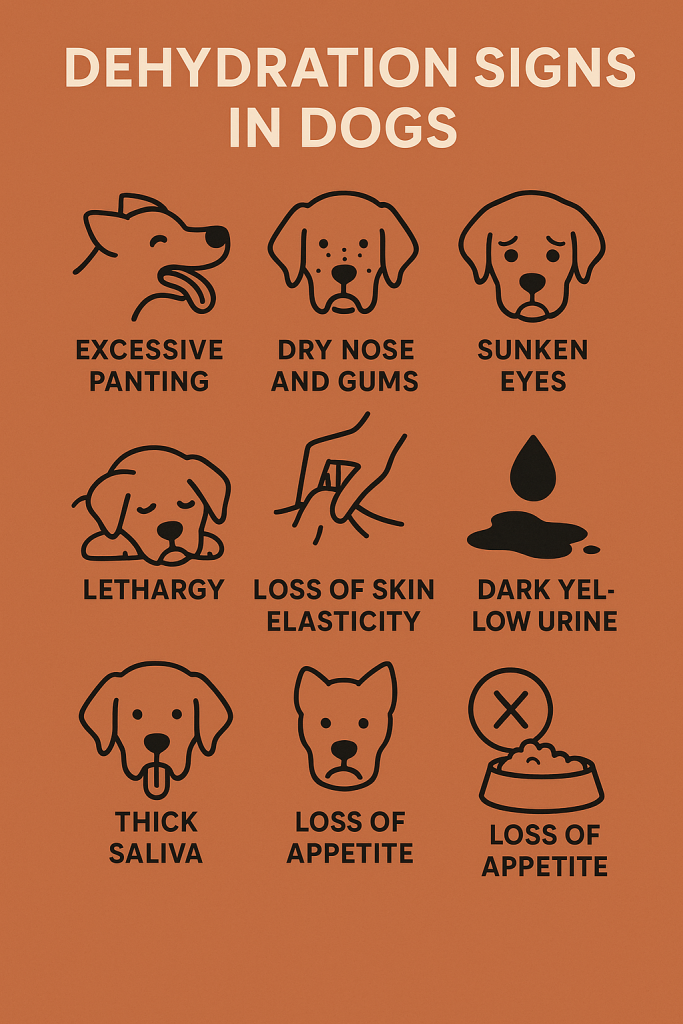
How to Keep Your Working Dog Properly Hydrated
Preventing dehydration is much easier – and safer – than treating it. With a few good habits and some preparation, you can ensure your dog stays properly hydrated all day, every day.
1. Always Have Water on Hand
It sounds obvious, but it’s worth repeating: never rely on chance access to water. Always bring enough for your dog (and you). This is especially critical in rural or remote areas.
Portable water bowls, collapsible bowls, or specially designed hydration packs for dogs can make it easier to provide water on the go.
2. Encourage Regular Drinking
Don’t wait until your dog is panting heavily to offer water. Encourage small, frequent sips before, during, and after work sessions.
Some dogs get so focused on the job they’ll ignore their thirst. You may need to gently prompt them to drink or build water breaks into your working routine.
3. Flavour the Water (If Needed)
If your dog is fussy or disinterested in water during high-focus tasks, consider adding a splash of low-sodium chicken broth or a dog-friendly electrolyte mix. This can make it more appealing.
4. Prehydrate Before Heavy Work
If you know your dog is about to have a long, intense session (e.g., a long hike, herding in heat, or a search and rescue operation), give them extra water in advance. Think of it like topping up the tank.
Some handlers soak their dog’s kibble or feed wet food ahead of intense work to increase fluid intake.
5. Watch the Weather
High temperatures, humidity, and direct sunlight can dehydrate a dog quickly. But cold weather can be deceptive – dogs still lose water through panting, especially if they’re exerting themselves or wearing insulated gear.
Adjust water needs based on temperature, humidity, and duration of work.
6. Use Electrolyte Solutions Sparingly
There are electrolyte products designed for dogs, and they can be helpful during extreme work. But don’t overdo it. Always use products formulated specifically for dogs, and never give them sports drinks meant for humans.
7. Monitor Urine
It might not be glamorous, but checking your dog’s urine is one of the easiest ways to assess hydration. Clear or pale yellow is ideal. Dark yellow, strong-smelling, or infrequent urination can be signs your dog needs more fluids.
Hydration for Specific Types of Working Dogs
Different working roles come with different hydration challenges. Here are a few special considerations:
- Herding dogs: Often working under direct sun and in open fields, they need frequent water breaks, especially in summer.
- Search and rescue dogs: Long hours, high stress, and variable environments – these dogs may need hydration packs and electrolyte boosters.
- Gun dogs: Water work doesn’t mean they’re hydrated – swimming doesn’t replace drinking! Make sure they drink between retrieves.
- Police and military dogs: These dogs may work in hot climates or wear protective gear, which increases their heat load. Frequent breaks and prehydration are key.
- Sled dogs: Cold environments don’t eliminate dehydration risk. Snow isn’t a substitute for water. Use warm water or broth to encourage drinking in sub-zero conditions.
Final Thought: Hydration is a Daily Priority
It’s easy to get caught up in training, logistics, or getting the job done. But never underestimate how quickly a hard-working dog can run into trouble without water.
Good hydration is one of the simplest and most powerful things you can do to keep your working dog safe, sharp, and at their peak. By watching for signs of dehydration, building a solid hydration routine, and adjusting for environment and workload, you’ll be giving your dog the care and support they need to do their job – and enjoy it.
After all, they’d do anything for you. The least we can do is hand them a drink.
Quick Hydration Checklist for Working Dogs:
✅ Fresh water always available
✅ Encourage small, regular sips during work
✅ Monitor for signs of dehydration
✅ Prehydrate before intense activity
✅ Adjust based on heat, humidity, and workload
✅ Carry portable bowls or hydration gear
✅ Consider wet food or soaked kibble
✅ Check urine colour for early clues

